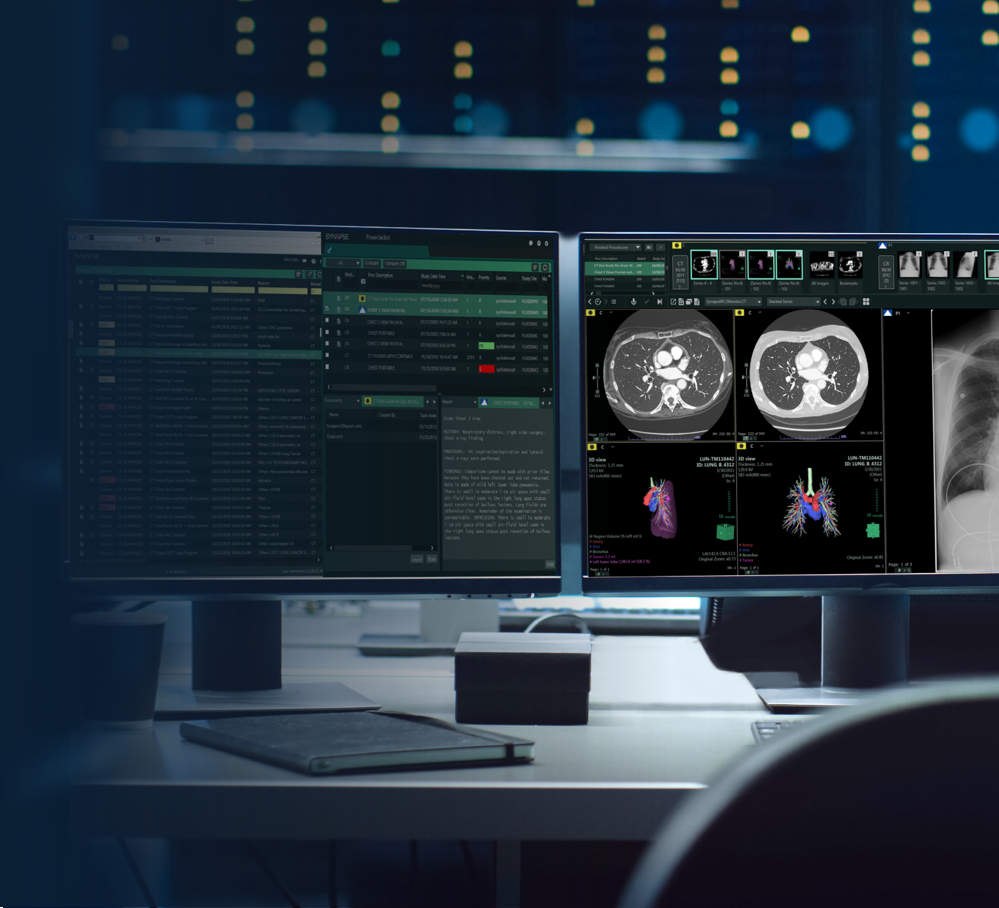Medical Equipment Integration: Enhancing Healthcare Connectivity
In today’s rapidly advancing healthcare landscape, the seamless integration of medical equipment has become a critical component of efficient and effective patient care. Medical equipment integration refers to the process of connecting various medical devices and systems within a healthcare facility to share data and streamline workflows. This integration plays a pivotal role in improving patient outcomes, reducing errors, and enhancing the overall quality of care.
Key Benefits of Medical Equipment Integration:
- Enhanced Data Accessibility: Integration allows healthcare professionals to access real-time patient data from multiple sources, including monitors, imaging systems, electronic health records (EHRs), and laboratory equipment. This instant access to comprehensive patient information facilitates quicker and more informed clinical decisions.
- Reduced Errors: Automated data transfer minimizes the risk of manual data entry errors, which can lead to medical mistakes. Integrated systems help ensure that patient data is accurate and up-to-date, reducing the potential for adverse events.
- Efficient Workflows: Streamlined processes save time and reduce administrative burdens. Healthcare providers can focus on patient care rather than managing disconnected systems and data.
- Improved Patient Care: By integrating diagnostic and monitoring equipment, healthcare providers can offer more personalized and timely care. Physicians can monitor patients remotely, and nurses can respond promptly to critical alarms.
- Cost Savings: Integrated systems can optimize resource utilization, leading to cost savings through improved efficiency and reduced duplicate testing.
Key Benefits of Medical Equipment Integration:
- Interoperability Standards: Healthcare facilities must adopt common data standards and protocols to ensure that different types of equipment can communicate effectively. Standards like HL7 (Health Level Seven) and DICOM (Digital Imaging and Communications in Medicine) are commonly used in healthcare IT.
- Integration Platforms: Hospitals often deploy middleware solutions or healthcare integration engines to connect diverse devices and systems. These platforms serve as intermediaries, translating data from one format to another and routing it to the appropriate destination.
- EHR Integration: Seamless integration with electronic health records systems is essential for a comprehensive patient overview. Integrated EHRs provide physicians with historical data, lab results, and imaging reports in one place.
- Security and Compliance: Protecting patient data is paramount. Robust security measures and adherence to regulatory standards, such as HIPAA (Health Insurance Portability and Accountability Act), are essential in medical equipment integration.
- Interoperability Standards: Healthcare facilities must adopt common data standards and protocols to ensure that different types of equipment can communicate effectively. Standards like HL7 (Health Level Seven) and DICOM (Digital Imaging and Communications in Medicine) are commonly used in healthcare IT.



